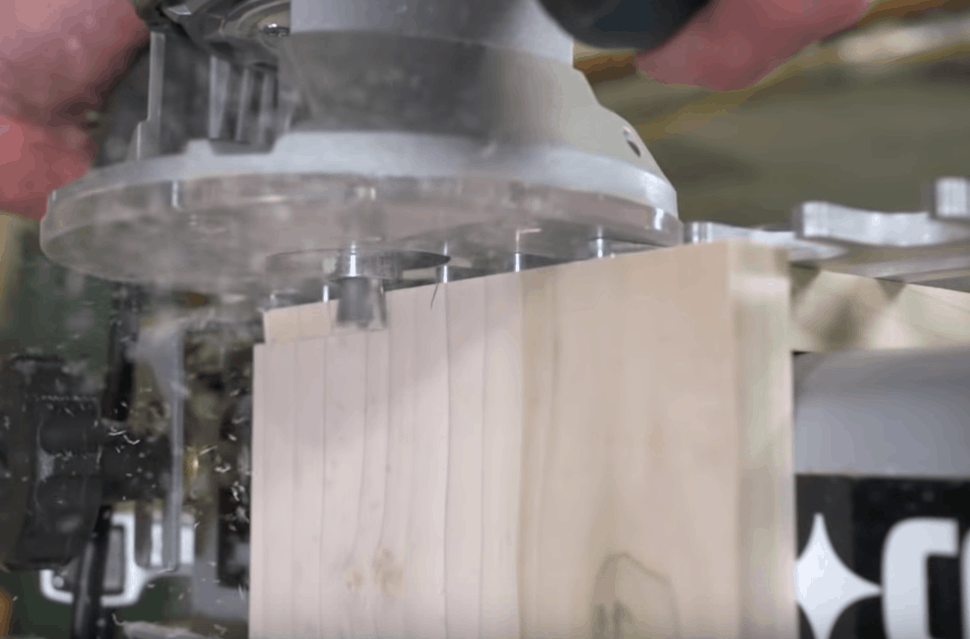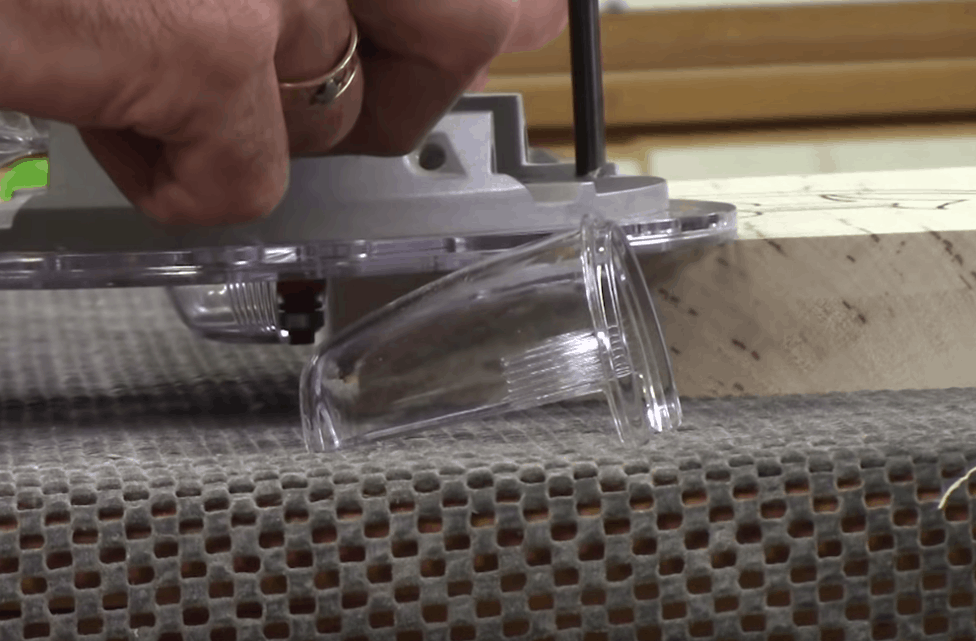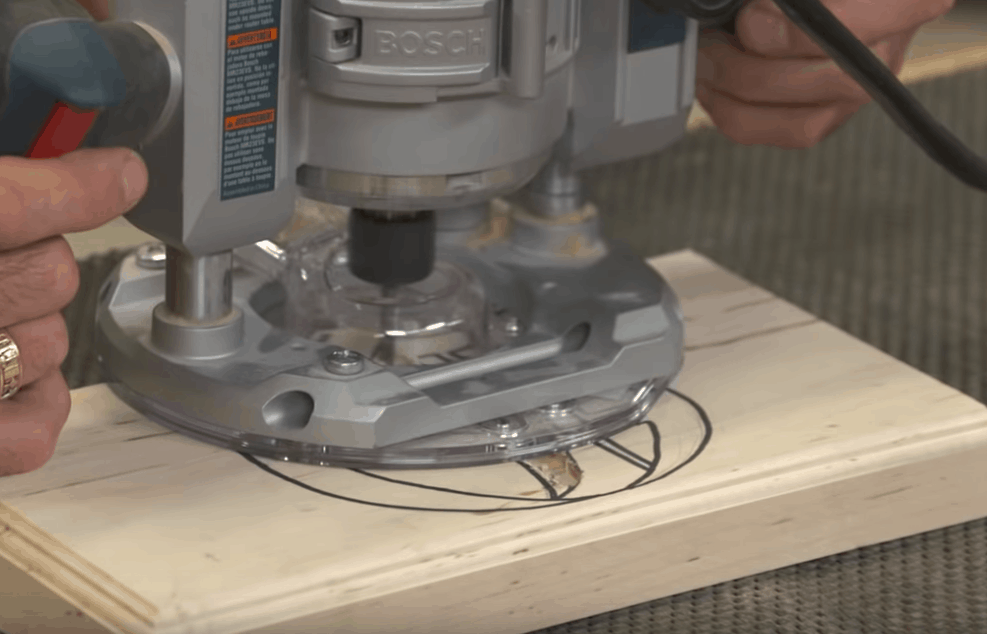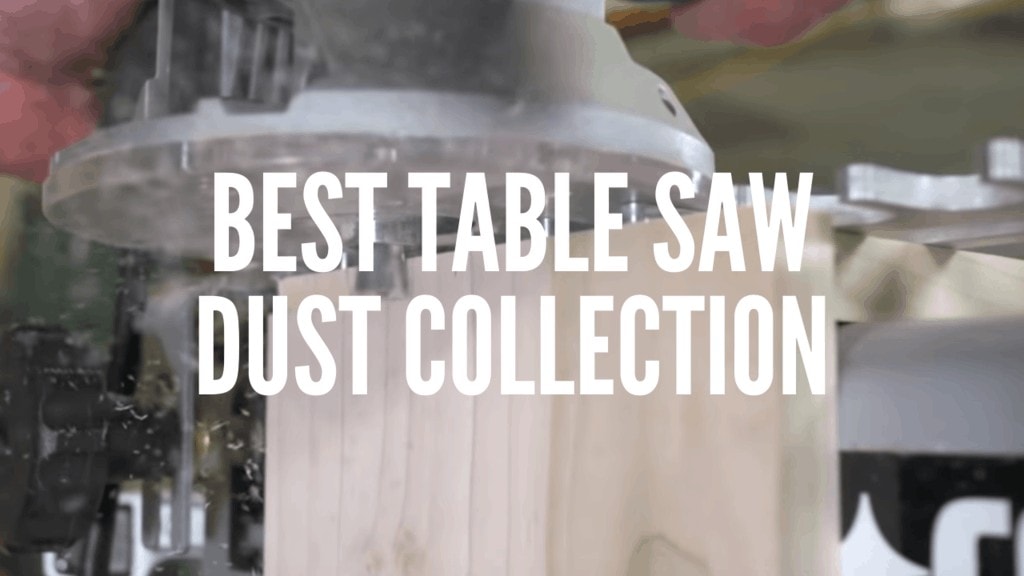
Sawdust is inevitable when it comes to using any kind of table saw or power tool. It can be a health hazard and extremely messy. There are multiple ways to collect sawdust and make it easier to clean up after a project. The only thing that matters is how you want to collect it and/or what parts fit with your table saw. Keep reading to find the best table saw dust collection.
Are you looking for some general information on table saws or other tools? Check out our complete resource guides on Miter Saws, Table Saws, Chainsaws, Band Saws and Circular Saws. These guides have all the information you need. You will be able to find history, the different types of the tool, top brand sold, and more!
Table of contents
Dust Collection Ideas
Install a dust port. You can add a dust port below the blade of your table saw as an easy addition to help collect sawdust. Plastic trays are inexpensive, and you can cut it to fit the right size for your table saw.
What’s good about the dust port:
- Inexpensive: You’ll only pay a couple of bucks for a plastic tray that you can set up underneath the blade to catch the sawdust.
- Fit to size: You can adjust the size of the port either by cutting it to size or using duct tape to cover any openings if it is too small.
Some drawbacks of the dust port:
- Only catches some of the dust: Since it’s situated underneath the blade, it will collect only the dust that flies there. Any dust that flies upward or on the table will need to be cleaned separately.
- Your table saw needs an opening at the bottom: If you do not have an opening for your table saw under the blade, the dust port won’t help very much.
You can close the back of your table saw. Most table saws have the back open, which results in poor dust collection. Closing off the back of your saw can trap the dust, thus making for easier clean up when you’re done.
What’s good about closing the back of your saw:
- Keeps dust contained: Closing off the back of your saw will keep the dust contained and make for easy cleanup.
- Helps the dust collector: Keeping the dust contained will help with the suction of the dust collector, which is a part of many table saws.
Some drawbacks of closing the back of the saw:
- DIY it: There aren’t backs of the saw readily built, so you’ll have to measure and make your own. You can use MDF panels and rare-earth magnets to keep them together.
- Blade guard: This shield will protect you from dust and debris as well as kickback.
Fill in the gaps:
Closing the gaps around your table saw will help narrow the focus of your dust collector so that the suction works more efficiently. This can be an easy way to deal with the sawdust with what’s lying around your shop rather than needing to order pieces.
What’s good about filling in the gaps:
- Easy fix: You can use materials like upholstery foam that are around your home or shop to fill in the gaps. You’ll need to measure it out to fit perfectly, but it is easy to do.
- Focus the suction: Similar to putting the back on your table saw, filling the gaps can also help focus the suction of your dust collector. This will make dust collection easier and more efficient.
Drawbacks of filling in the gaps:
- You can overfill: Be mindful that you do not fill every gap. If it is too full than the dust collector won’t work at all. You will be in the same or worse situation with your dust collection.
- May need to buy upholstery foam: If you don’t have it lying around your house or shop, you will need to order it and cut it to fit your saw.
The overarm collector can collect that hard to get dust:
The hardest dust to collect is what comes off the back of the sawblade. Using an overarm collector will protect you and your surroundings from getting covered in dust.
What’s good about the overarm collector:
- Collects the most dust: This collector will collect most, if not all, of the dust the blade shoots out as you work. Since its placement is right behind the blade, it doesn’t let much sawdust escape.
Drawbacks of the overarm collector:
- Steps to building it are extensive: It is not something that you can buy on the market, but you can create it. It will just take time to wait on the parts and put it together.
- Measurements will need to be precise: When creating the overarm collector, you’ll have to measure and be sure it fits your specific saw. A wrong measurement could spell disaster.

Things To Take Into Consideration
There isn’t one right answer:
There are multiple solutions and methods for reducing the amount of sawdust you will be exposed to when using your table saw. You can mix and match various ideas to find the one that works best for your sawdust woes.
You can incorporate multiple methods to reduce sawdust:
If you are finding that one method is working, but not as well as you’d like, you can always incorporate more. Such as putting a dust port in and closing the gaps around your blade for more efficient dust collection.
Make sure you direct the air, not cover it up:
You want to cover joints and certain parts of your table saw to help collect sawdust, however, you also don’t want to cover all the parts. This will limit the air route, which won’t help move the dust to your dust collector. You’ll end up cleaning the sawdust on your own.
These methods will work for various table saws:
From the DeWalt to the craftsman table saw, these methods will help get rid of your sawdust problems. Whether you decide to cover the back, fill in the gaps or use an overarm collector, you will have less sawdust to contend with than when you started.

Summary
We’ve discussed how to collect table sawdust effectively and safely. It is important to do your research before deciding on a method. Once you decide, feel free to experiment with multiple methods to get the best results for you!
Are you looking for more guides on table saws? Check out some of our most popular guides, The Best Table Saw Stand in 2020, The Best Small Table Saw, DEWALT Table Saws – 10″ Saws, Parts and Accessories, and The Best Portable Table Saws.

